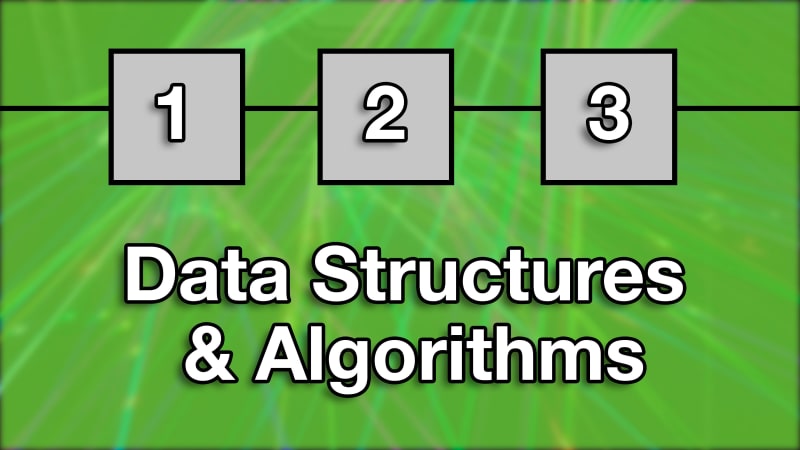When diving into the realm of data structures and algorithms, an important decision awaits: which programming language to use? This choice can significantly impact your learning experience and understanding of these fundamental concepts. In this blog post, we'll take a closer look at three popular languages – Python, C++, and Java – highlighting their pros, cons, and what makes each one special.
Python:
- Pros: Python is like a friendly guide for beginners. Its easy-to-read syntax and built-in tools, such as lists and dictionaries, make learning data structures and algorithms feel less intimidating. You can quickly experiment with ideas and see results thanks to Python's user-friendly nature.
- Cons: While Python is great for learning, its simplicity comes at a cost. It might not give you a deep understanding of memory management or low-level details. Also, Python programs can be slower compared to other languages due to its interpretation.
C++:
- Pros: C++ is like a powerful toolbox for those who want to delve into the nitty-gritty of programming. It provides you with precise control over memory and performance, making it a favorite for system-level programming and performance-critical tasks. If you're curious about how computers really work, C++ is a great choice.
- Cons: But, be ready to face a steep learning curve. C++ can be complex and challenging, especially if you're new to programming. It requires manual memory management, which can be error-prone.
Java:
- Pros: Java strikes a balance between the simplicity of Python and the power of C++. With its built-in data structures and automatic memory management, Java allows you to focus on the core concepts of data structures and algorithms without getting bogged down in technicalities. It's widely used in the software industry and provides a solid foundation for future career growth.
- Cons: Java might not give you as much low-level control as C++. Its performance can also be slightly slower compared to C++.
Special Things to Consider:
Python's straightforwardness encourages quick experimentation and prototyping.
C++ empowers you with in-depth knowledge of memory management and system-level intricacies.
Java offers a balanced approach, making it a versatile choice for both beginners and those aiming for software development careers.
Conclusion: Choosing the right language for learning data structures and algorithms boils down to your goals and preferences. If you're a beginner, Python's simplicity is inviting. For those fascinated by computer internals, C++ provides a deep dive. Java strikes a balance between ease and power. Regardless of your choice, remember that the skills you gain will extend beyond the language itself, equipping you with problem-solving abilities that transcend any programming environment
My opinion(Optional):
- In terms of my preferences for data structures, I would place C++ at the forefront, closely followed by Java, and then Python.
- This order reflects my strong interest in diving deeper into memory management and the intricate details at a lower level.
- C++ holds a special place as my top choice, granting me unparalleled control over memory allocation and pointers. This allows me to meticulously design data structures tailored for scenarios where performance is crucial.
- Java, in the second spot, appeals to me for its ability to strike a balance between readability and performance. Its extensive library of pre-built data structures offers a solid foundation to explore the core concepts of data structures.
- Python finds its place in my ranking due to its proficiency as a rapid prototyping tool. It's my go-to for swiftly experimenting and implementing data structures, even though there might be some performance considerations.
- This ranking is a deliberate approach to my data structure journey, carefully selecting languages that align with my specific learning goals and preferences.











Top comments (0)